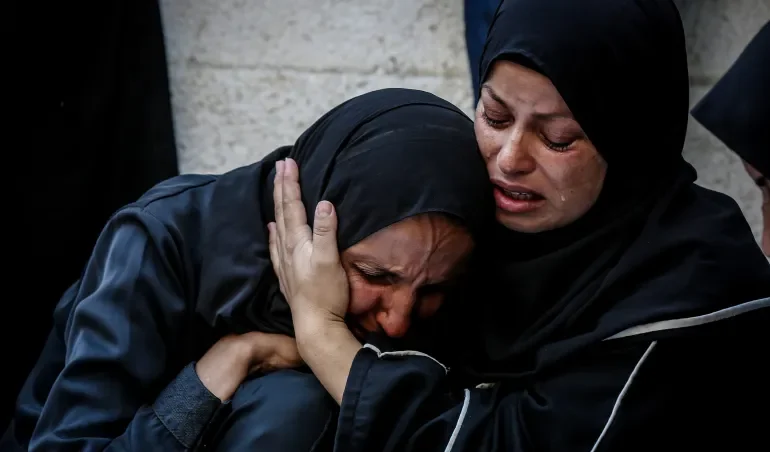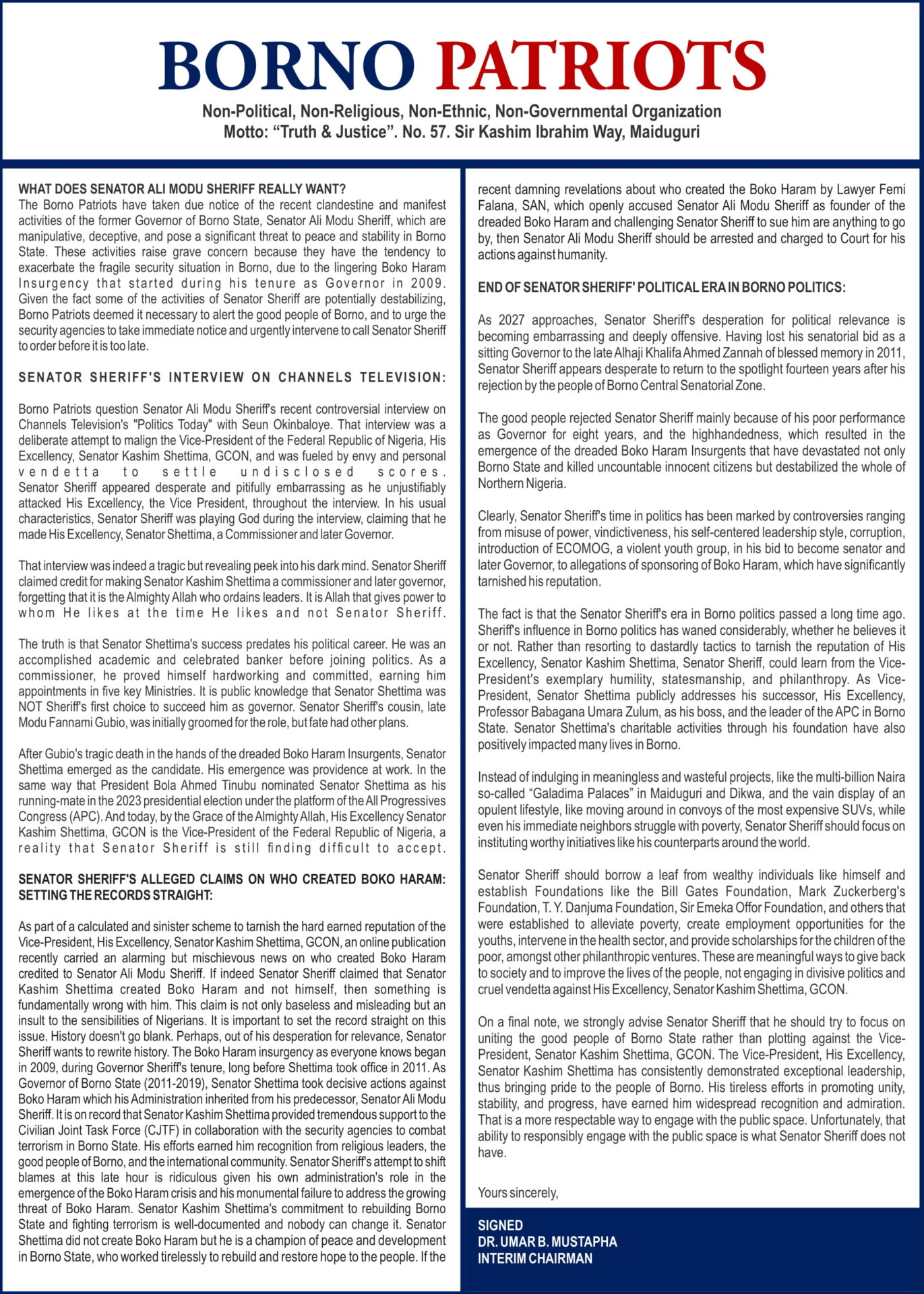MORE than 62,000 Palestinians have been killed by Israel in its nearly two-year genocidal war on Gaza, with the population suffering relentless bombardment with nowhere safe in the besieged enclave, Israeli-induced starvation and the daily killing of people desperately seeking food for their families.
Israel is intensifying strikes on Gaza City, the territory’s largest and now destroyed urban centre, as it plans to seize it and forcibly displace tens of thousands of people to concentration zones in the south. At least 30 Palestinians have been killed in Israeli attacks across the Gaza Strip since dawn on Monday, including 14 seeking aid.
A medical source has confirmed to Al Jazeera that at least three Palestinians were killed and several others were injured in an Israeli strike on al-Sabra neighbourhood of Gaza City. Local Palestinian outlets reported that journalist Islam al-Koumi was amongst the victims.
Al Jazeera’s Tareq Abu Azzoum, reporting from Deir el-Balah, says, “Israeli attacks are still ongoing, unabated, in the eastern part of Gaza City. The scale of attacks illustrates how Israel’s current strategy is shaping the geography and demography of Gaza.”
“We can see how Israel is using heavy artillery, fighter jets and drones, in order to destroy what’s left of residential homes there. The scale of destruction is extremely overwhelming,” he said.
“This current military tactic ensures that Israel will enable its forces to operate on the ground and will also ensure residential areas turn into zones of rubble. People there say Israeli attacks are happening day and night.”
Many who have already been displaced multiple times during the war by Israeli bombardment are on the move again from Gaza City. Others are staying put.
The city was the main target of air attacks on Sunday that killed nearly 60 people, and Israel is also targeting the few remaining healthcare centres there.
But while many Palestinians who remain in the devastated city are forced to survive in the ruins of buildings, makeshift shelters, or tents, some people have told Al Jazeera that it would be impossible for them to leave.
“How am I supposed to even get there? How can I go? I need nearly $900 to move – I don’t even have a dollar. How am I supposed to reach the south?” asked displaced Palestinian man Bilal Abu Sitta.
Others do not trust Israeli promises of aid and shelter. “We don’t want Israel to give us anything,” Noaman Hamad said. “We want them to [allow] us back to the homes we fled – we don’t need more than that.”
Slight hope emerged as Hamas said it approved a Gaza ceasefire proposal put forward yesterday by mediators Qatar and Egypt. An informed source told Al Jazeera that the draft deal would ensure a 60-day truce that would see the release of half of the Israeli captives held in Gaza as well as an unspecified number of Palestinian captives imprisoned by Israel.
But Palestinians in Gaza have seen countless false dawns before, and after a brief ceasefire in January was shattered by Israel in March, the war then entered its most grim phase of human misery.







